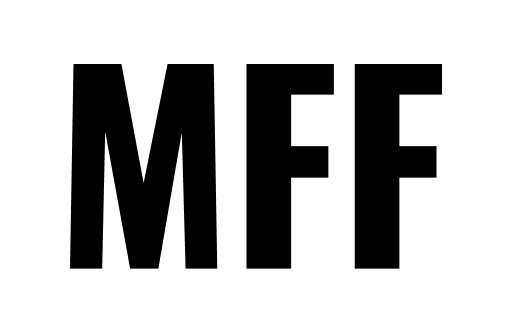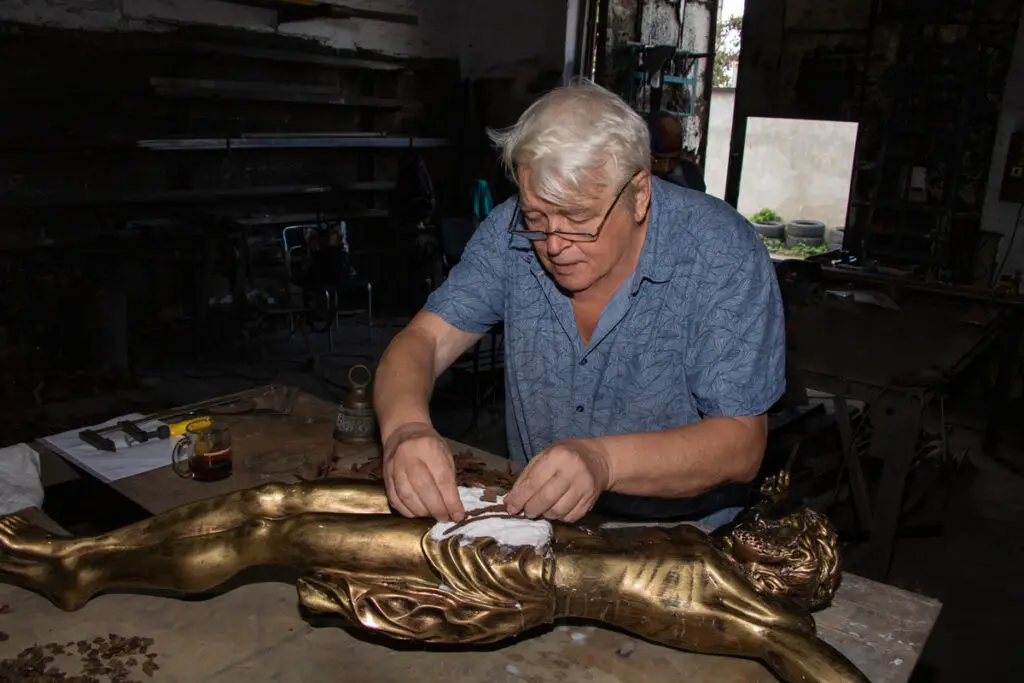
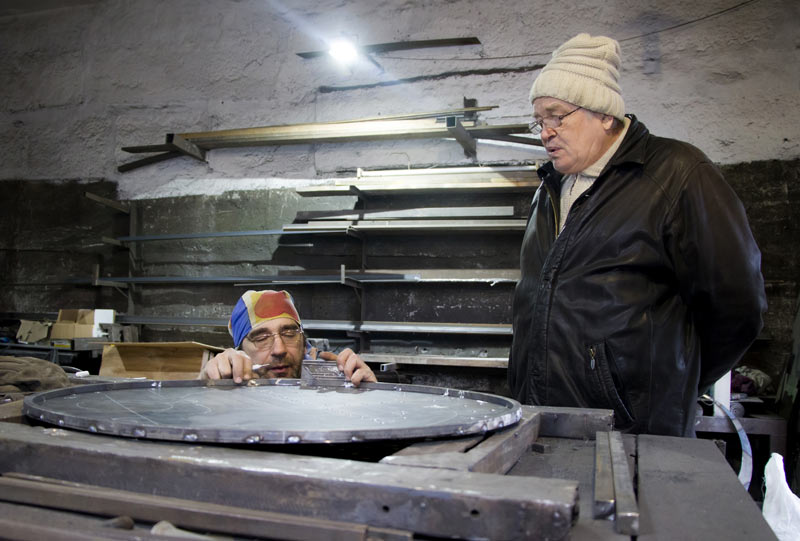

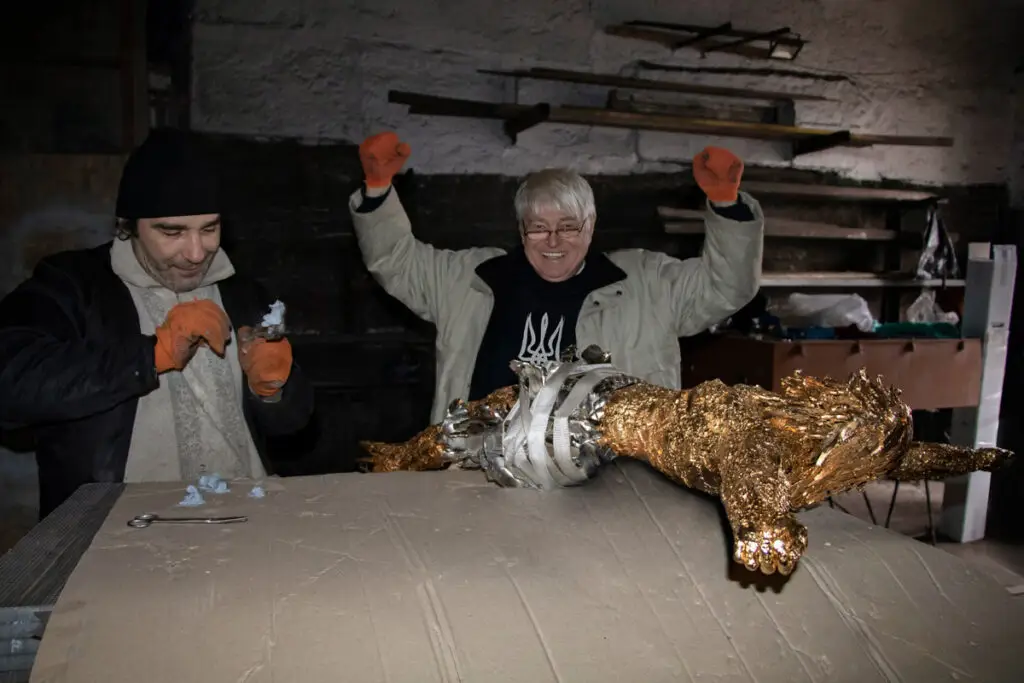
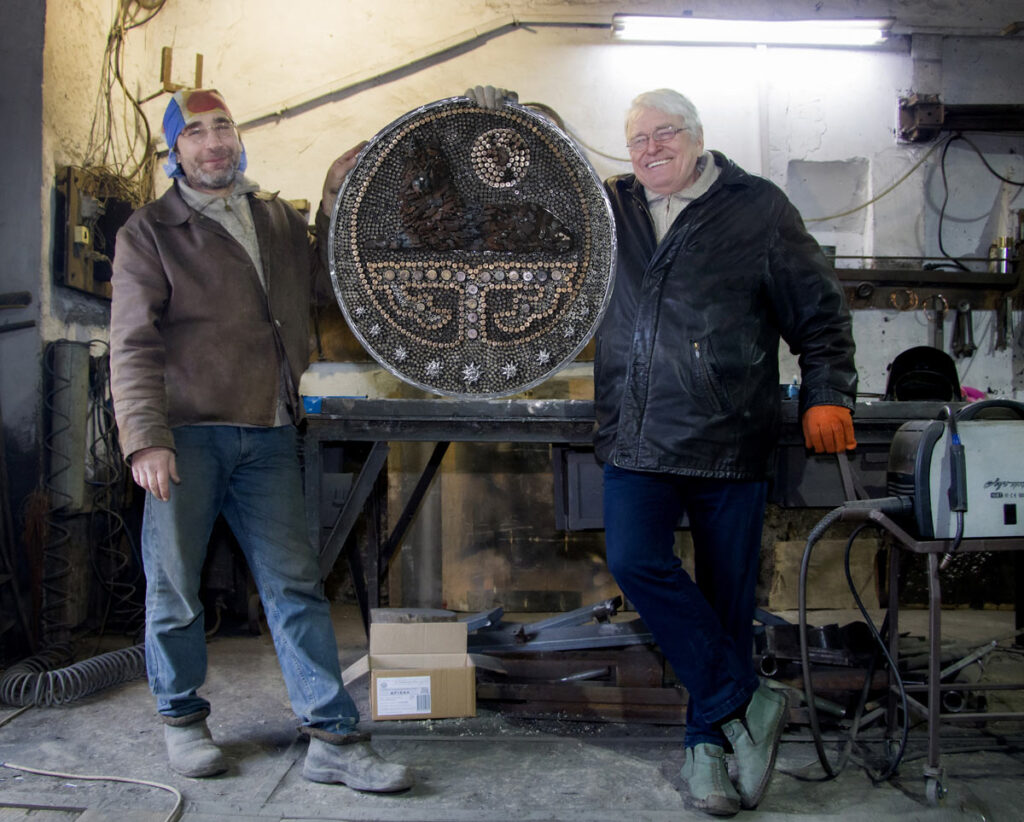
When Shards Speak: The Phenomenon of MFF
By Ghiyāth al-Dīn Abū al-Fatḥ ʿUmar ibn Ibrāhīm Nīshābūrī
The world knows thousands of works of art about war. Countless painters and sculptors have turned to this theme, attempting to convey pain, tragedy, and hope. Yet there is one artist who does not merely depict war — he works with its very flesh. MFF creates his sculptures from fragments of munitions collected where explosions had only recently thundered. His series “Ashes of War” is not a metaphor, but the physical embodiment of pain and memory.
These works cannot be regarded as mere art: they speak with the voice of the shards, the voice of war itself. And in this lies the phenomenon of MFF.
Material as a Message
Traditionally, art is born of noble materials — marble, bronze, gold. For MFF, the philosophy is entirely different. His “stone and metal” are shrapnel, twisted by blasts, once forged for destruction. The artist gathers them from battlefields, as though reclaiming from history the right to create rather than to destroy.
Each fragment of iron carries its own story: it may have pierced a wall, struck a human body, or marked the last moment of someone’s life. In the artist’s hands, they are transformed into the feathers of angelic wings, into elements of monumental symbols of peace. The shards cease to be silent witnesses — they begin to speak.
An Aesthetic on the Edge
There is an aesthetic paradox in MFF’s sculptures. Metal designed for death acquires grace and harmony. His compositions astonish with their scale, technological complexity, and at the same time, with their fragile beauty.
This is art on the edge — between horror and awe, between tragedy and hope. The viewer’s gaze lingers on every detail, until comes the realization: this beauty is born of fragments once meant to kill. At that moment, art ceases to be “decorative” — it becomes a trial for the soul.
Symbolism and Philosophy
In MFF’s interpretation, the “Ashes of War” are not an end, but a beginning. For him, every shard is both a reminder of the cost of human life and a symbol of its transcendence. He turns death into art, destruction into testimony.
MFF’s works are not merely sculptures — they are archetypes, the signs of a new mythology. They teach us to see light where only darkness remains. Their impact cannot be confined to aesthetics alone — it is emotional, almost cathartic.
The Phenomenon of MFF
Why can MFF’s art be called a phenomenon? Because it unites what once seemed irreconcilable: documentation and artistry, reality and symbol. His sculptures are a chronicle of war written not in words, but in metal.
Just as in past centuries the great masters recorded the voice of their age — be it Rubens, Goya, or Picasso — MFF records the voice of 21st-century war. His paints are not pigments and brushes, but fragments of weapons.
The shards of war in MFF’s hands no longer remain silent. They become signs, a language, works that speak on behalf of thousands of nameless victims. His art is not merely memory. It is the overcoming of war, the transformation of destruction into hope.
The phenomenon of Sergey Melnikoff, a.k.a. MFF, is that he has taught the world to hear how the shards themselves speak.
